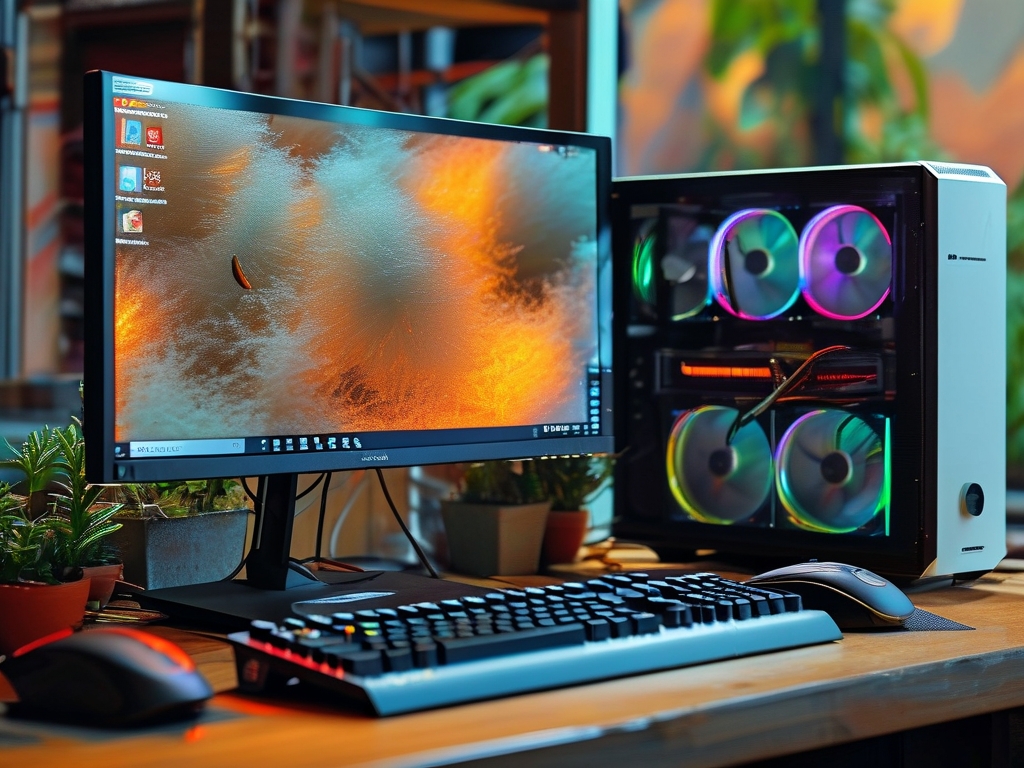In today’s hyper-connected digital landscape, managing network domain behavior has become a critical task for organizations aiming to ensure security, productivity, and operational efficiency. As cyber threats grow in sophistication and data traffic surges exponentially, legacy systems often struggle to keep pace. One pivotal solution to this challenge lies in memory upgrades for network behavior management systems. This article explores how enhancing memory capacity and performance can transform network domain behavior management, addressing current limitations and future-proofing IT infrastructure.
The Role of Network Domain Behavior Management
Network domain behavior management (NDBM) refers to the practices and technologies used to monitor, analyze, and control activities within a networked environment. This includes tracking user actions, detecting anomalies, enforcing security policies, and optimizing resource allocation. Effective NDBM ensures that networks remain secure, compliant, and performant, even as demands escalate. However, the effectiveness of these systems heavily depends on their underlying hardware, particularly memory resources.
Why Memory Upgrades Matter
Modern NDBM solutions rely on real-time data processing, machine learning algorithms, and large-scale log analysis. These tasks require substantial memory (RAM) to handle concurrent operations without latency. For instance:
- Real-Time Monitoring: Detecting threats like DDoS attacks or unauthorized access demands instant analysis of vast data streams. Insufficient memory can lead to delayed responses, increasing vulnerability.
- Behavioral Analytics: Machine learning models that identify patterns in user behavior require high-speed memory to process historical and live data efficiently.
- Log Management: Storing and querying terabytes of log files for audits or forensic analysis necessitates robust memory to avoid bottlenecks.
Legacy systems with outdated memory configurations often face crashes, slow query times, or incomplete data capture. Upgrading memory directly addresses these issues, enabling smoother operations and more accurate insights.

Key Considerations for Memory Upgrades
When planning a memory upgrade for NDBM systems, organizations must evaluate several factors:
- Capacity: Determine the optimal RAM size based on current workloads and projected growth. For example, a mid-sized enterprise handling 10,000+ endpoints may require 128GB–256GB of RAM.
- Speed: High-frequency memory (e.g., DDR5) reduces latency, critical for real-time applications.
- Scalability: Modular architectures allow incremental upgrades, avoiding over-investment in the short term.
- Compatibility: Ensure new memory modules align with existing hardware (e.g., server motherboards, processors).
Case studies highlight the impact of such upgrades. A financial institution upgraded its NDBM system from 64GB to 256GB DDR4 RAM, reducing threat detection latency by 40% and improving log retrieval speeds by 70%.
Technical Implementation Steps
- Audit Existing Infrastructure: Identify bottlenecks using monitoring tools to assess memory usage patterns.
- Select Appropriate Hardware: Partner with vendors to choose memory modules that balance cost and performance.
- Test in Staging Environments: Validate upgrades in a controlled setup to avoid disruptions.
- Deploy and Optimize: Install memory, update firmware/drivers, and fine-tune software settings for maximum efficiency.
Benefits Beyond Performance
Memory upgrades yield cascading benefits:
- Enhanced Security: Faster anomaly detection minimizes breach risks.
- Cost Savings: Reducing downtime and improving resource allocation lowers operational expenses.
- Future-Readiness: Scalable memory prepares networks for emerging technologies like IoT and 5G.
Challenges and Mitigations
While upgrades are beneficial, challenges like budget constraints or technical complexity may arise. Organizations can mitigate these by:
- Prioritizing critical systems first.
- Leveraging cloud-based NDBM solutions with elastic memory options.
- Partnering with IT consultants for seamless integration.
The Future of NDBM and Memory Technology
As AI-driven analytics and edge computing gain traction, memory demands will continue to rise. Innovations like non-volatile RAM (NVRAM) and in-memory computing promise to revolutionize NDBM, enabling even faster data processing and reduced power consumption.
In an era where network reliability and security are non-negotiable, memory upgrades represent a strategic investment for robust domain behavior management. By enhancing capacity, speed, and scalability, organizations can not only address current challenges but also lay the groundwork for future innovations. As technology evolves, proactive memory management will remain a cornerstone of effective network governance.






